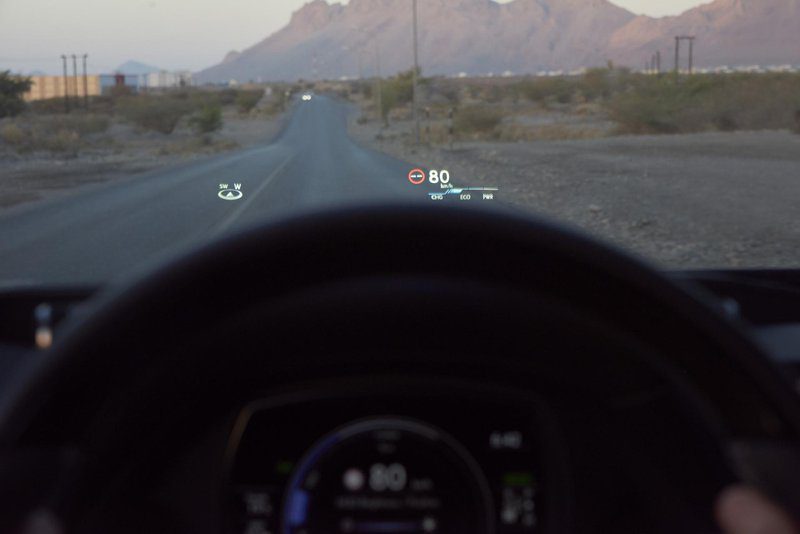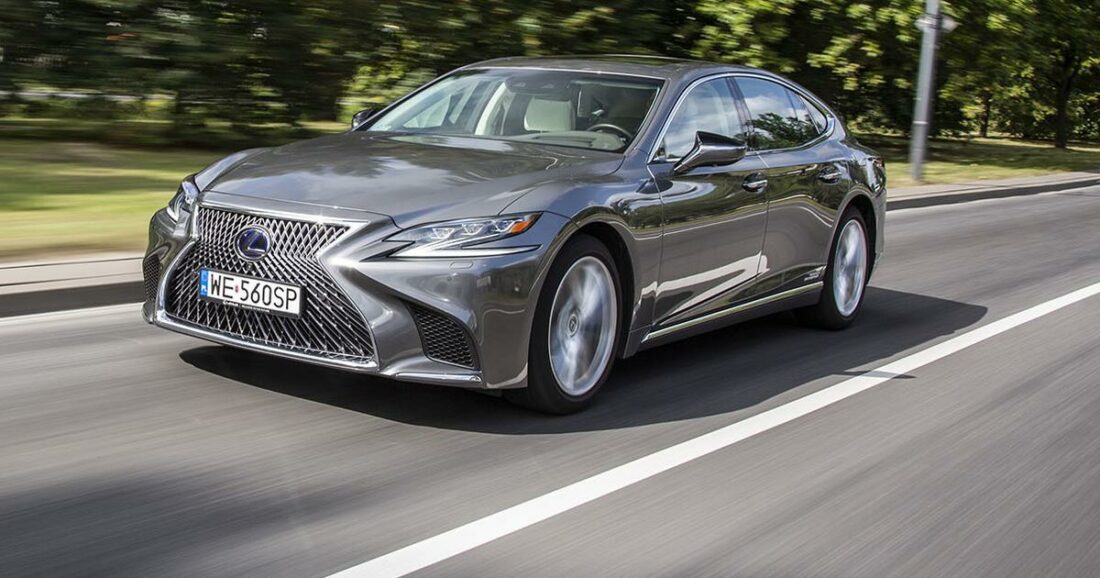
We drove: Lexus LS 500h - pssst, listen to the silence
The first generation Lexus LS was the result of the painstaking work of nearly XNUMX engineers who spent six years developing and honing parts to meet the need to create the best car in the world.
Thirty years later, the fifth generation arrived, and at first glance it is clear that the Lexus developers did not take it less seriously than the first. Did they succeed? Mostly yes, but not everywhere.
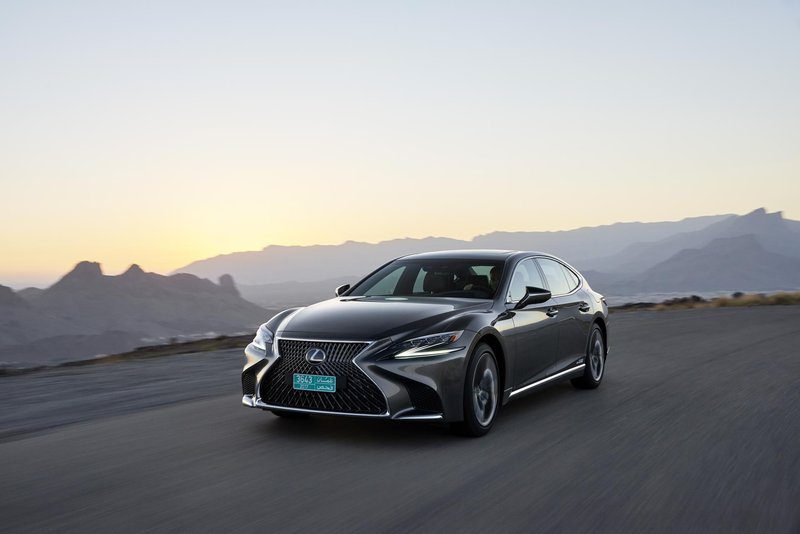
If you browse the Slovenian Lexus price list, you will find that financially the top of the range is the LS 500 with a V-XNUMX under the hood, but technologically it is a hybrid version, and this time we got behind the wheel.
If the first generation was technologically polished and refined, but, unfortunately, more than not quite fatiguing on the outside, the fifth generation is anything but. The shape that shares the main features with the LC coupe is truly extroverted - especially the mask, which gives the car a truly unique look. The LS is short and sporty, but at first glance it hides its outer length well - at first glance it appears to weigh 5,23 meters in length, due to the fact that it will no longer be available in normal and long wheelbase versions. , but only one - and that one is long.
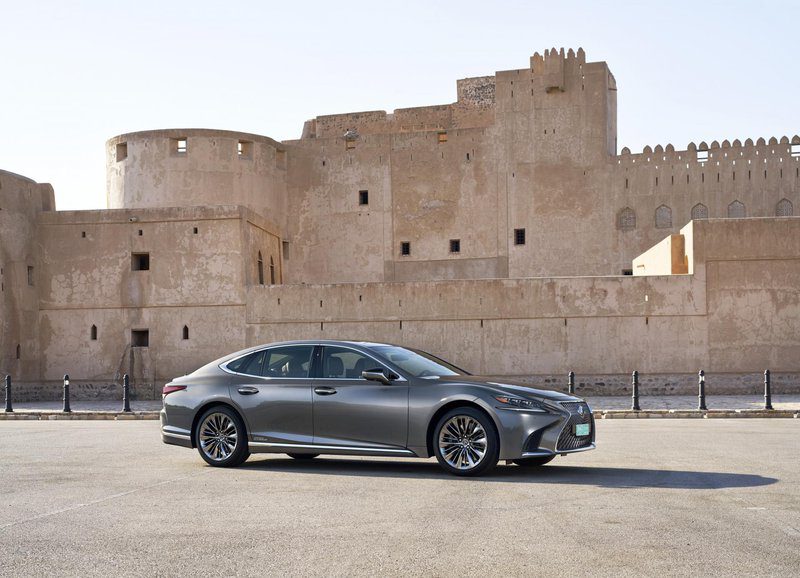
The LS was developed on Toyota's new global platform for luxury rear-wheel drive vehicles (but of course also available with all-wheel drive), an enhanced version of what we know from the LC 500 coupe, making it much more dynamic than its predecessor. If we once easily wrote that the ride is comfortable and quiet, but the driving dynamics are severely lacking, this time it is not so. Of course, the LS is not a sports car and, for example, cannot be compared to the sports versions of the prestigious German sedans, but it is still a big step forward (including thanks to four-wheel steering, which is standard, and optional air suspension). Sport or Sport +) is no longer only a great sedan for those who sit in the rear seats, but also for the driver.
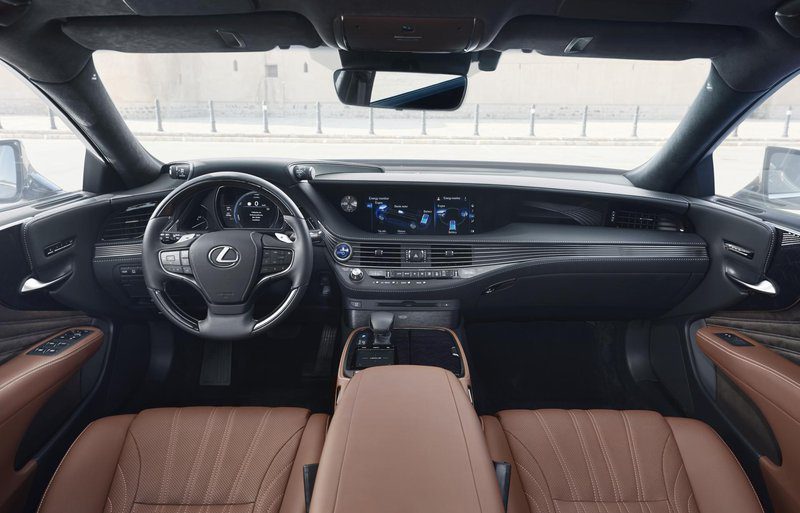
The LS 500h also shares powertrain technology with the LC 500h, which means a (new) 3,5-liter V6 with an Atkinson cycle and a 179-horsepower electric motor that together deliver 359-horsepower to the system. The LS 500h can only run on electricity at speeds up to 140 kilometers per hour (this means that the petrol engine shuts down at this speed under low load, otherwise it can only accelerate to the classic 50 kilometers per hour on electricity), for which it also responds with its lithium-ion battery, which replaced the nickel-metal hydride battery of its predecessor, the LS 600h. It's smaller, lighter, but of course just as powerful. The LS 500h also has a four-speed automatic transmission (lower fuel consumption), but since it is of course matched with a CVT that is part of the hybrid kit, Lexus engineers decided the LS 500h would not behave. like a classic hybrid, but they installed 10 preset gear ratios to drive (almost) exactly like a classic car with a ten-speed gearbox. In practice, most of the time this is almost imperceptible and prevents the engine from starting at high revs, which is typical for Toyota hybrids, but since passengers still sometimes feel small jolts when shifting (no more than with a classic ten-speed automatic). , it would be better if it also offered the driver the option to choose an endless mode of operation. If the customer does not opt for air suspension, he will receive a classic with electronically controlled shock absorbers.
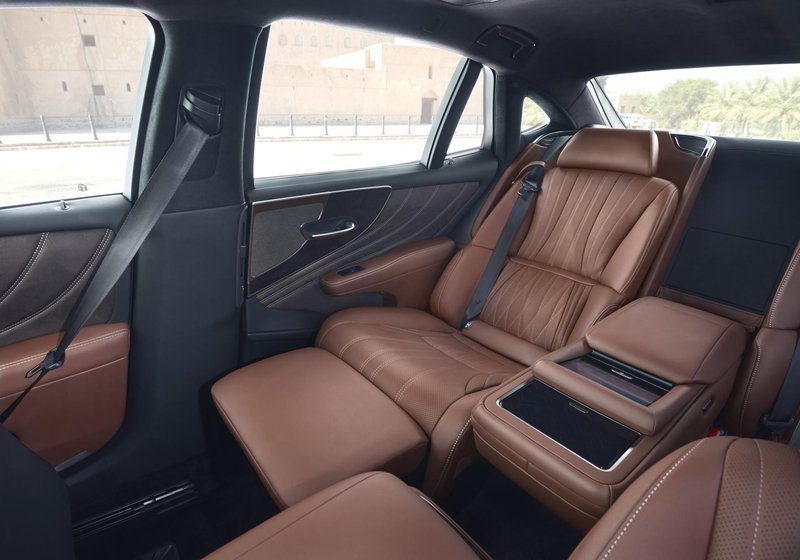
However, after the first few 100 kilometers, the LS remains extremely comfortable and still reasonably quiet - at city speeds, when it's mostly powered by electricity, so quiet you'll have to turn the radio off completely and tell passengers to be quiet. if you want to. hear the transmission (at harder accelerations, especially at high speeds, it could be a little quieter). In prestige sedans, this level does not suit all diesel competitors. Why diesels? Since the LS 500h certainly shows performance (5,4 seconds to 100 kilometers per hour), certainly economical enough to compete with them. On the 250-kilometer section, which includes fast (as well as hilly) regionals and half of the track, consumption barely exceeded seven liters. That's a respectable result for a 359-horsepower all-wheel-drive sedan that has plenty of interior space and weighs 2.300 kg.
Of course, the new platform also heralds (in most areas) advances in digital systems. Assisted safety systems not only provide automatic braking when a pedestrian walks in front of the vehicle, but also support steering when avoiding the road. The LS has also got matrix LED headlights, but it can also automatically warn the driver or brake if it detects the possibility of a collision with cross-traffic at an intersection and during parking and disembarkation.
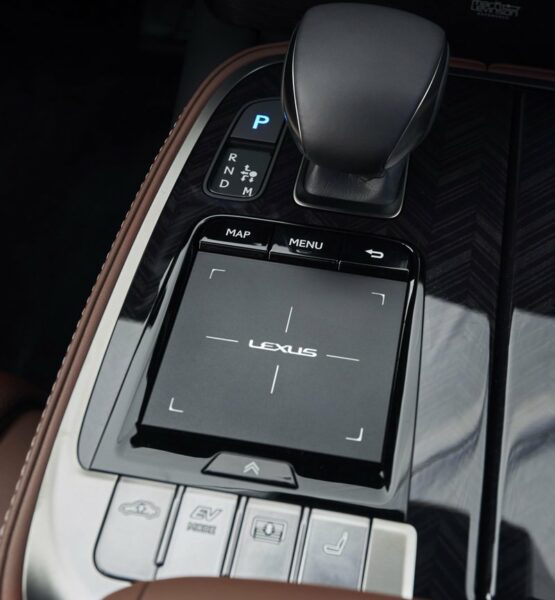
The combination of active cruise control (with start/stop function, of course) and excellent lane-keeping directional assistance (the car can keep the car very gently but firmly in the middle of the lane even in fairly tight corners) means the LS drives semi-autonomously. Lexus goes on record as saying this is the second (of five) levels of autonomy, but given that a driver input on the steering wheel is only required every 15 seconds, they might be too pessimistic - or not, as the LS is sadly on the other side. , it cannot change lanes on its own.
The interior (and, of course, the exterior) is certainly on the level you'd expect from an LS - not only in terms of build quality, but also in terms of attention to detail. The designers who designed the protruding mask designed or crafted all of the 7.000 surfaces it has by hand, and there's no shortage of details (from the door trim to the aluminum on the dashboard) that are breathtaking. It's a pity that the same attention has not been paid to the infotainment system (both front and rear). Touchpad controls are awkward (less than previous generations) and the graphics look a bit new. Here you expect more from Lexus!

The seats allow up to 28 different settings, the latter can also be chairs with leg support, but always heated or cooled with the possibility (all of this applies to all four) various and quite effective massage functions. The gauges are, of course, digital (LCD screen), and the LS also has a huge head-up display that can display almost as much data as the gauges and navigation combined.
Thus, the Lexus LS remains special in its class, but even after the first kilometers it becomes clear that the circle of its buyers will be much wider than that of previous generations. The hybrid version is designed for those (and there are many) who still need to pay attention to consumption (or, as is usually the case with official cars, emissions), but still want a powerful, comfortable and prestigious car. Diesels got (another) slap in the face.
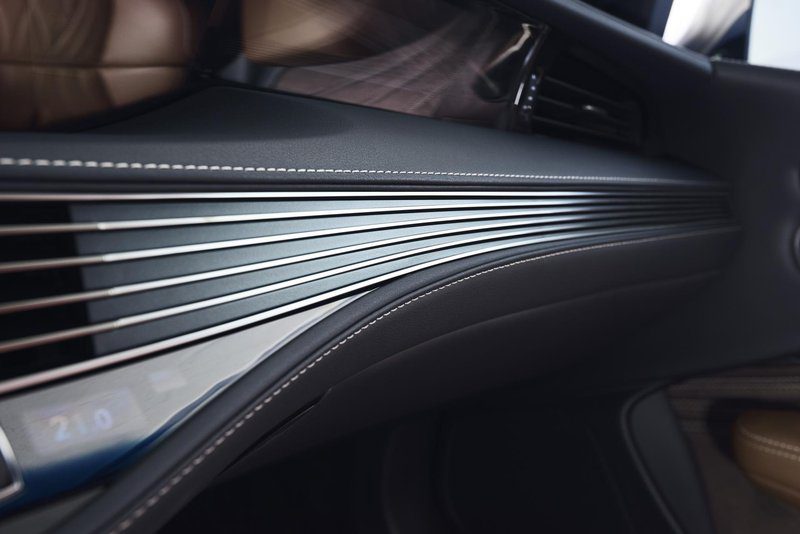
PS: Lexus LS 500h F Sport
The new LS hybrid also has an F Sport version, which is a slightly sportier and more dynamic version. The LS 500h F Sport comes standard with dedicated 20-inch wheels, sportier seats and a steering wheel (and a completely different design). The gauges have a separate tachometer mounted above the base LCD displays and a moveable piece taken from the LFA supercar and shared by the F Sport with the LC sports coupe.
The chassis is tuned for more dynamic driving, the brakes are bigger and more powerful, but the drivetrain remains the same.
